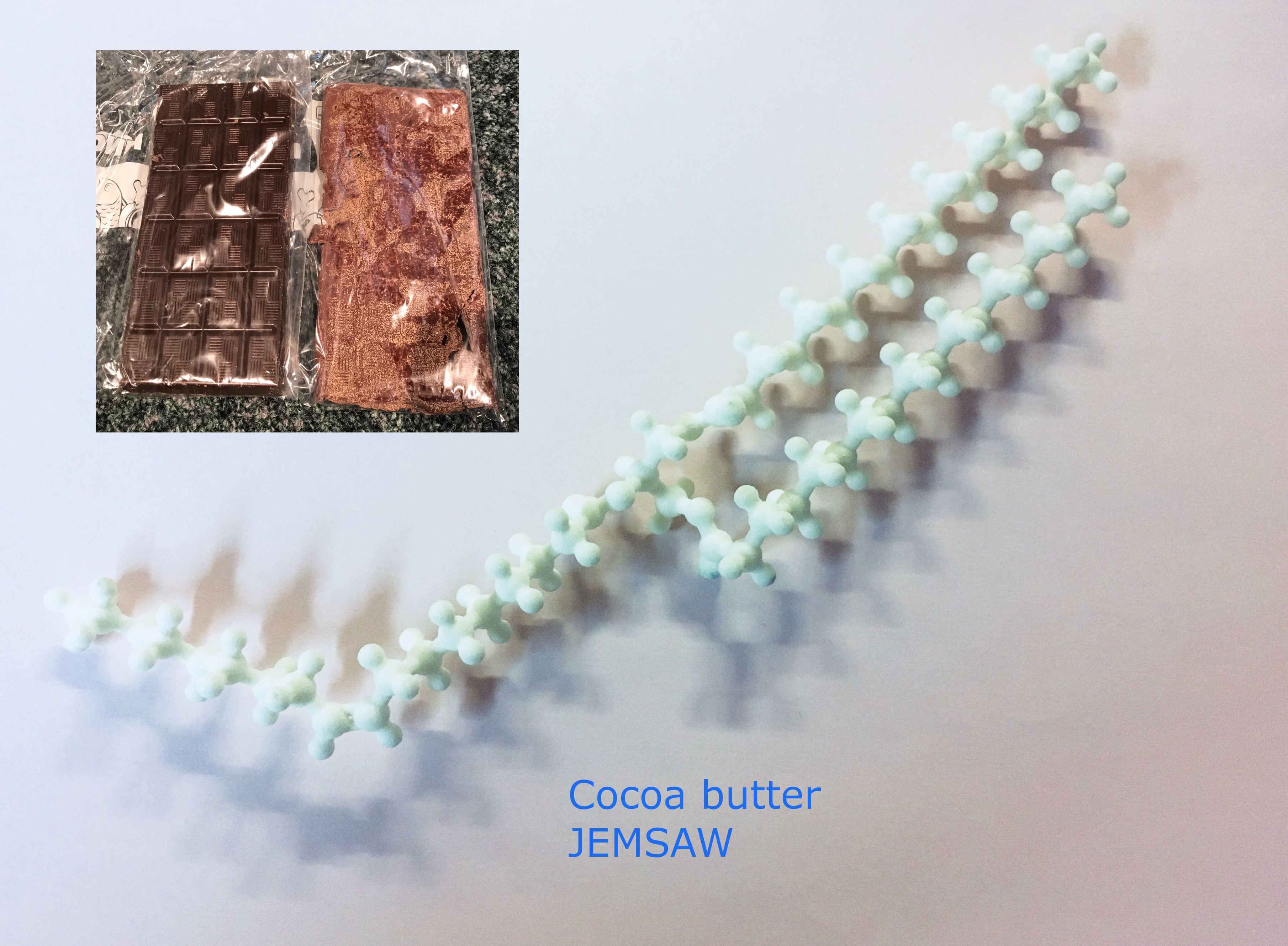Fun with Crystals at the Cambridge Science Festival
This year the CCDC decided to participate in the Cambridge Science Festival. The Cambridge Science Festival is two weeks of organised science outreach events available to the general public. This year marks the 25th anniversary of the festival; that’s 25 years of providing the public with the opportunity to explore and discuss science as well as inspiring young people to consider a career in the STEM subjects (science, technology, engineering or maths). The programme included debates, talks, exhibitions, workshops, interactive activities, films, comedy and performance, all held in lecture theatres, museums, cafes and galleries around Cambridge.[1]
2019 is also a very special year for the CCDC and structural chemists worldwide, as we reach the milestone of sharing one million organic and metal-organic structures in the Cambridge Structural Database (CSD), #CSD1Million.[2] It was therefore very rewarding to be able to share our excitement by being involved in the festival this year.

The CCDC’s feature “Fun with Crystals” in the Cambridge Science Festival 2019 programme
In the months leading up to the festival we enjoyed thinking of and organising many activities with much appreciated guidance from Emma Powney, organiser of the science festival events held in the Department of Chemistry, University of Cambridge. The day before we excitedly set up everything we’d prepared, and that night we went home with eager anticipation of the day ahead, hoping for but not expecting a good nights sleep!
On Saturday morning we finished setting up amongst the friendly faces of all the festival volunteers and by 10am our room filled with adults and children, all keen to find out what knowledge and fun we could share with them. We displayed some large, colourful and sparkling crystals and offered participants the opportunity to look at some smaller crystals under a microscope.

Pink and blue coloured alum crystals
An experiment to see a liquid supersaturated solution of sodium acetate change to a crystalline solid turned out to be an engaging demonstration that provided the opportunity to discuss particle theory, states of matter, saturated solutions and exothermic reactions.
Nucleation point being introduced to a supersaturated solution of sodium acetate in water
Red laser light travelling through a diffraction grating to produce a diffraction pattern helped to explain how scientists figure out what atoms are in crystals and how they are arranged in space.

Red laser shining through diffraction grating creating a diffraction pattern
We explored the CSD to learn about the structure of common chemicals (such as citric acid, aspirin, sucrose, cocoa butter and carvone) and then challenged people to identify the correct 3D printed model or to even build their own model from molecular model building kits.

Photo of 3D printed models of molecules of citric acid, sucrose and aspirin (CSD refcodes CITRAC10, SUCROS01 and ACSALA25 respectively)

3D printed model of cocoa butter (CSD refcode JEMSAW) with different polymorphs of chocolate
To really get a feel for what’s inside crystals we prepared some virtual reality (VR) and hologram videos.

Representation of the view using a VR headset

Photo of hologram image on display at our event
The room continued to buzz all day and we would have liked to stay longer to continue sharing science with all the lovely people who came to see us. We all felt inspired after meeting so many young scientists during the day and seeing their enthusiasm to learn about crystals, diffraction and the molecules inside crystals!

Some of the young attendees enjoying learning about crystals
We are aware that there are many within the community involved in activities and events designed to engage children and the wider public in science. We therefore intend to make all of the materials we created for the science festival available on our educational resources webpage. Here you can already find plenty of educational material that can be used in a classroom or for independent study. We would love to help you share some of the activities and worksheets you use too so do let us know if you have any resources that help explain the wonders of crystallography and structural science to a new generation.
Even though our day at the Cambridge Science Festival is now over, keep watching our news and events, or sign up to our newsletter here, as we’re celebrating #CSD1Million all year. And don’t forget to follow us on social media!
CCDC on twitter @CCDC_cambridge
CCDC on Facebook: @ccdc.cambridge
CCDC on LinkedIn: www.linkedin.com/company/cambridge-crystallographic-data-centre
[1] https://www.cam.ac.uk/news/cambridge-science-festival-returns-for-milestone-25th-year